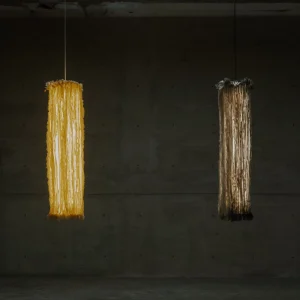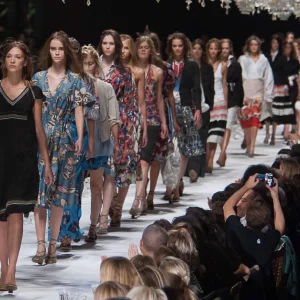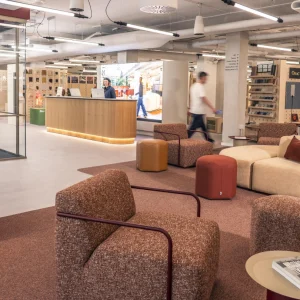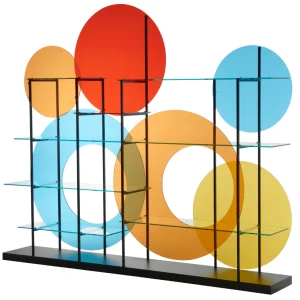The new building designed by Italian architect Renzo Piano, is set at approximately fifty feet behind the museum’s historic palace. It stands no higher than the surrounding building fabric and features materials that complement the existing site and neighborhood.
The new building is situated on Frederick Law Olmsted’s Emerald Necklace park system and will front Evans Way Park with a glass atrium ticketing area, a corridor of greenhouses and continuous views to the museum’s garden landscape. Once inside, the ground level color-less glass walls continue the transparent reading of the site, punctuated by a series of brick walls that extend into the garden establishing a visual relationship with the Palace. With the greenhouses, an education studio and special orientation living room, this ground level is designed to reveal the creative pulse of the museum.
Floating above the transparency of the first floor, four volumes clad in patinated copper panels are organized on an axial circulation system that features a main open stairway and elevator. The largest of these volumes holds a 300-seat performance hall with three balcony levels of front-row seating organized around a central stage.
The second largest volume is the special exhibition gallery. This 2,000 square feet space includes an ante-gallery for light-sensitive objects and a larger volume, three times the size of the current gallery in the palace. With an entire north wall of glass and a skylight with micro louvers, this new gallery space will have ample opportunities to control and manipulate natural light. The gallery also features a movable translucent ceiling for varying spatial conditions and specific exhibition needs.
The remaining two volumes contain administrative areas, conservation labs and support spaces for the performance hall. To the south of these four volumes, the sloped glass roof of the greenhouses on the ground floor becomes the glass window of two apartments on a second level for the Museum Artist/Scholar-In-Residence program.
To enter the historic palace from the new building, visitors will walk through a glass enclosed corridor that passes through a dense grove of trees, a procession to the light-filled floral display of the courtyard at the center of Isabella Gardner’s historic collection.
The new building at the Gardner Museum will be Leadership in Energy and Environmental Design (LEED) – certified by the United States Green Building Council (USGBC). Main components of the sustainable design are a geothermal well system, daylight harvesting, water-efficient landscaping techniques and the use of local and regional materials, which reduces the environmental impact associated with transport.





